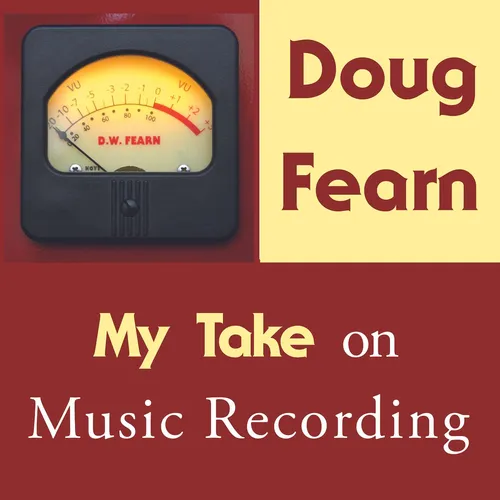Tracking, Mixing, and Mastering
- Author
- Doug Fearn
- Published
- Fri 18 Jun 2021
- Episode Link
- None
In the days before tape recording, records had to be made “live,” with the performance going directly to a master lacquer disc. In the 1950s, when recording to tape became possible, the mastering step could be detached from recording, but the performance was still captured live.
When multitrack tape became universal in studios in the 1960, the concept of mixing after recording emerged.
In the decades that followed, many engineers chose to specialize in one of the three steps made possible by the technology. Some were tracking engineers, who captured the performance. Mixers specialized in creatively combining the tracks, and a mastering engineer did the transfer from the master mix tape to lacquer disc master.
This specialization has only increased in the digital age. And, for the most part, it is beneficial for our profession. It works because some of us love to capture the music, but have no interest in mixing it. Others find working with artists, which can sometimes be very stressful, unappealing and prefer to work on their own, just mixing.
And with the rise of digital formats for the consumer, what need was there for a mastering engineer? Well, the mastering engineers re-invented their craft and used their talents to enhance the recording.
The mixing and mastering steps also became opportunities to fix imperfections that should have been addressed in the original recording.
In this episode, I suggest that perhaps some of us should consider returning to the original concept of making a record with one engineer doing all three steps. This is likely to be a small segment of our engineering community, but “mastering” all aspects of recording might make better recordings.
email: [email protected]
www.youtube.com/c/DWFearn
https://dwfearn.com/
